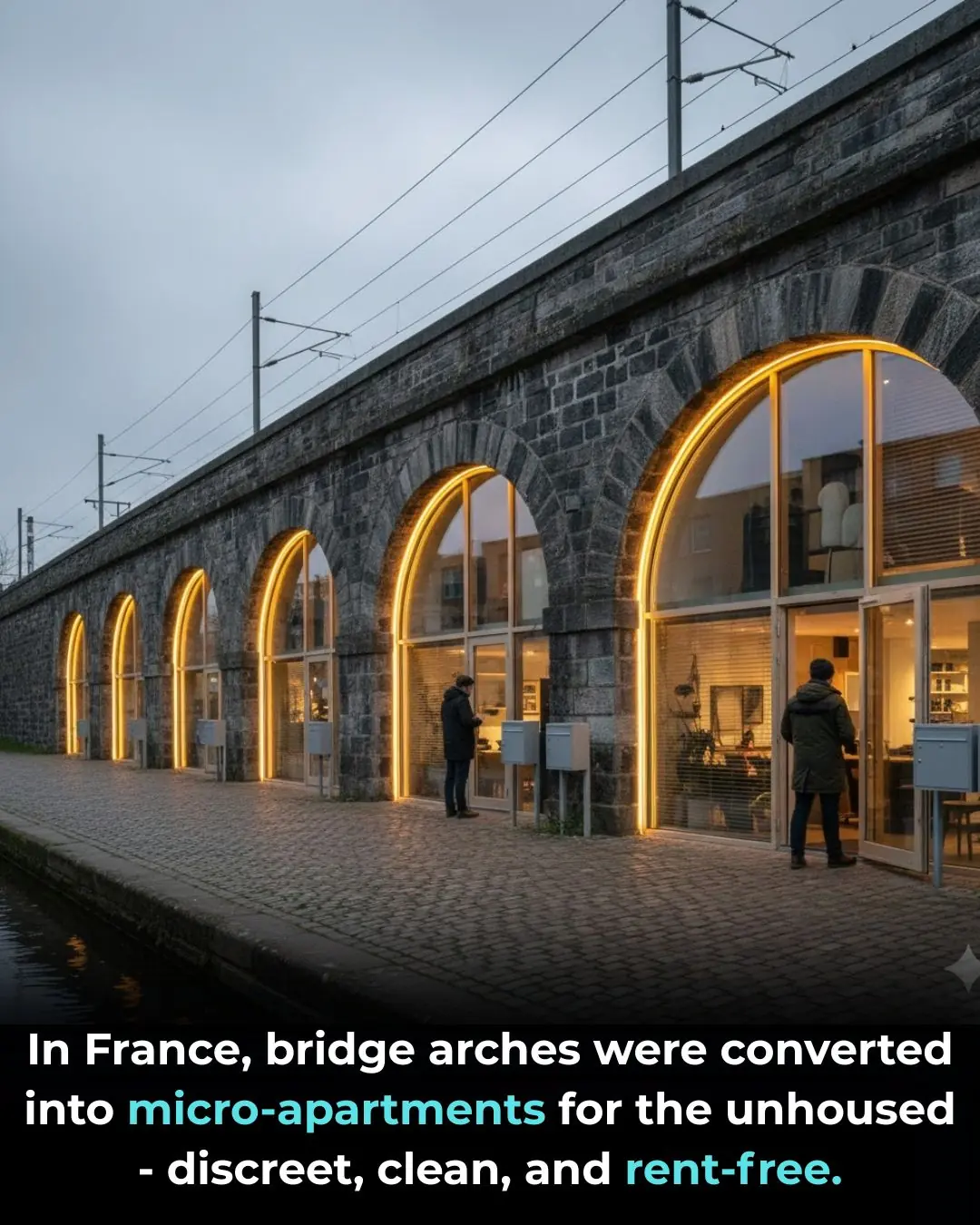
A Dual Climate Solution: Solar Panels Over Canals Could Save Billions of Gallons of Water
California’s ambitious plan to convert its vast network of irrigation canals into solar power systems has the potential to reshape both the state’s water management strategy and its renewable-energy landscape. By installing solar panels directly above open-air canals, researchers estimate that the state could generate up to 13 gigawatts (GW) of clean electricity while simultaneously saving approximately 63 billion gallons of water each year. These figures are based on modeling from a collaborative study by UC Merced and Solar AquaGrid, which highlights the dramatic dual benefit of conserving water and producing renewable energy.
(Source: UC Merced & Solar AquaGrid – “The California Solar Canal Project,” 2021; Nature Sustainability.)
But the impact of canal-top solar installations goes far beyond energy production. One of California’s biggest environmental challenges is extreme water loss from evaporation, especially during long, dry summers intensified by climate change. Shading the canals with photovoltaic panels helps keep the flowing water cooler, significantly reducing evaporation rates. This is particularly important for a state that relies heavily on its interconnected water-delivery system to support agriculture, cities, and ecosystems.
(Source: California Department of Water Resources; NASA Climate Data.)
The strategy also offers a rare “two-in-one” climate solution: the panels generate renewable power at scale while simultaneously protecting a critical water resource. Because solar panels operate more efficiently at lower temperatures, the natural cooling effect of water beneath them enhances their energy output compared to panels installed on hot, dry land. This cooling-boosted efficiency has been demonstrated in similar projects in India’s Gujarat region, which pioneered the canal-top solar concept nearly a decade ago.
(Source: International Journal of Renewable Energy; India’s Gujarat Energy Research and Management Institute.)
Beyond performance gains, canal-top solar helps reduce operational and maintenance costs. Unshaded canals often face algae growth, weed intrusion, and temperature fluctuations that degrade water quality and restrict flow rates. By covering these canals, municipalities can slow biological growth and reduce the labor required to manage vegetation and debris. This translates into long-term savings and improved efficiency across California’s water-delivery infrastructure.
(Source: California State Water Resources Control Board.)
Another advantage is that the system avoids common land-use conflicts associated with large ground-mounted solar farms. In many regions, solar installations compete with agricultural land, wildlife habitats, or community development. California’s canal system offers thousands of miles of existing infrastructure—nearly 4,000 miles statewide—that can support solar arrays without displacing farmland or natural ecosystems. Even partial coverage could supply electricity to millions of homes, underscoring the vast scalability of the approach.
(Source: U.S. Bureau of Reclamation; U.S. Department of Energy.)
The initiative is currently being tested through Project Nexus, a pilot program launched by the Turlock Irrigation District (TID) in partnership with UC Merced, Solar AquaGrid, and the California Department of Water Resources. The pilot aims to measure long-term energy yield, durability, evaporation reduction, and overall cost-effectiveness. Results from Project Nexus will guide statewide decisions and could influence national policy on water-energy management.
(Source: TID Press Release; California DWR.)
If successful, California’s model could extend to other drought-prone states such as Arizona, Nevada, and Texas—regions where water scarcity and high solar potential intersect. With climate change intensifying drought cycles across the American West, this approach offers a promising blueprint for future-focused infrastructure that supports both environmental resilience and clean-energy expansion.
In essence, California’s solar-canal initiative is more than just an upgrade to traditional solar power deployment. It represents a bold rethinking of how infrastructure can serve multiple climate-critical functions at once. By integrating energy production, water conservation, and modernization of public utilities, the project could signal a transformative shift in the way the United States manages essential resources in a warming world.
News in the same category


Regenerative Medicine Milestone: Stem-Cell Trial Restores Motor Function in Paralyzed Patients

From Crow to Cleaner: How Feathered Geniuses Are Fighting Litter in Spain

Using Crow Intelligence to Fight Pollution: Inside Sweden’s Corvid Cleaning Project

From Stone to Shelter: Innovative Housing Beneath France’s Historic Bridges

Redefining Public Restrooms in South Korea: Hygiene, Dignity, and Accessibility for All

How Cyclic Sighing Became One of the Most Effective Breathing Techniques for Reducing Anxiety

Hepatitis C Virus Detected in Brain Tissue: A Potential Link to Schizophrenia and Bipolar Disorder

Top 10 Safest Places if World War 3 Broke Out

Scientists Sequence the World’s Oldest RNA from a 40,000-Year-Old Woolly Mammoth

Novel Neural Pathway Identified as Key to Reversing Autism-Related Behaviors

Why seniors should keep their socks on even at home

What Once Seemed Impossible: Lab-Grown Spinal Cord Sparks Hope for Millions

Lab-Grown Spinal Cord Tissue Marks a New Era in Paralysis Treatment

How Hormonal Birth Control May Reshape the Brain: New Neuroscience Insights

Denmark Reimagines Wind Turbine Blades as Durable Bike Shelters

World-First Recovery Achieved in Terminal Brain Cancer Case

A High School Robotics Team Built What Insurance Refused — And Gave a 2-Year-Old the Gift of Independent Movement

The Man Who Became “Dad” to Millions: How Rob Kenney Turned His Pain Into a Global Mission
News Post

Vaseline Uses and Benefits for Skin, Lips, and Hair

10 simple ways to reduce dust at home that most people overlook

You’re Doing It All Wrong: Here’s the Right Way to Defrost Frozen Pipes

7 Powerful Fruits to Preserve Muscle Strength and Energy After 50

I Didn’t Know!

The #1 FASTEST way to reverse fatty liver naturally

Could the bacteria in your nose be causing Alzheimer’s?

How to treat nerve pain in the foot, toes & legs

The air conditioner only has wind but is not cool. Don't rush to call a repairman and waste money. If you do this, it will be cold.

The more flowers the money tree has, the more luck it attracts: Do this and the money tree flowers will grow 5 times faster.

When boiling duck, don't add ginger and cold water. Add this to remove all the bad smell from the meat and you won't get tired of eating it.

Avocado Seeds: The Overlooked Nutritional Power Inside the Fruit

Bee venom wiped out 100% of aggressive breast cancer cells in just 6 hours

A New Breakthrough: Magnetic Microrobots Designed to Navigate Blood Vessels and Stop Strokes

10 Ways to Lower Uric Acid Naturally

Regenerative Medicine Milestone: Stem-Cell Trial Restores Motor Function in Paralyzed Patients

From Crow to Cleaner: How Feathered Geniuses Are Fighting Litter in Spain

6 Foods That Can Drain Your Calcium and Weaken Bones
